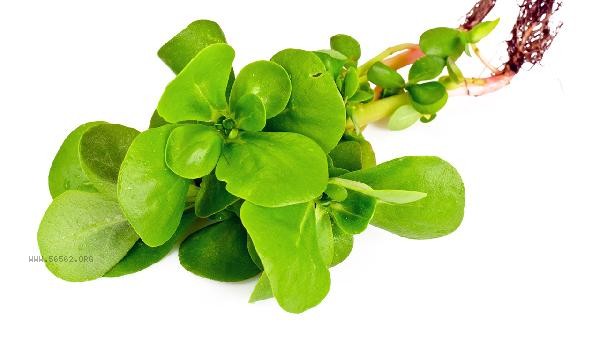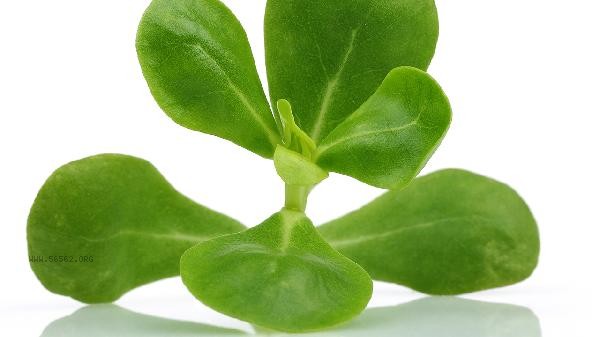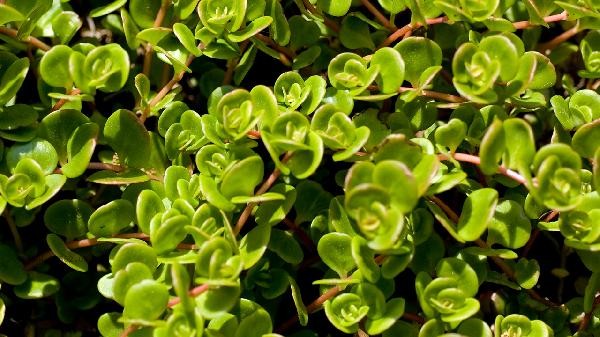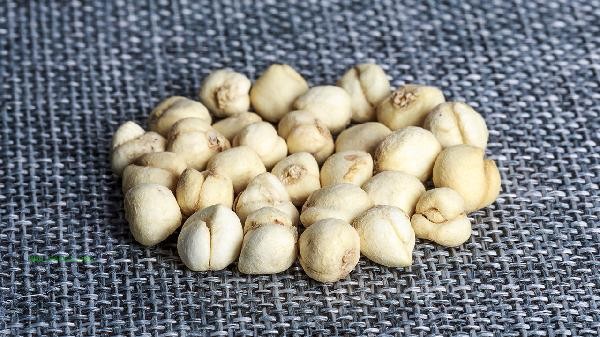Purslane is a wild vegetable with various medicinal values, mainly used for clearing heat and detoxifying, cooling blood and stopping bleeding, reducing dampness and swelling, antibacterial and anti-inflammatory effects, and lowering blood sugar. Purslane is rich in vitamin A, vitamin C, dietary fiber, and various minerals, which have auxiliary therapeutic effects on various diseases.

1. Clearing heat and detoxifying
Purslane has a cold and sour nature, which has the effect of clearing heat and detoxifying. It is commonly used to treat symptoms such as ulcers, swelling, and sore throat caused by heat toxicity. The organic acids and polysaccharides in purslane can help eliminate heat toxins in the body and alleviate inflammatory reactions. Purslane also has a good relieving effect on common summer heat, thirst, and dry mouth and tongue.
2. Cooling blood to stop bleeding
Portulaca oleracea has the effect of cooling blood to stop bleeding and can be used to treat symptoms such as nosebleeds, hemoptysis, and rectal bleeding caused by excessive blood heat. The tannins and mucilages in purslane can converge and stop bleeding, promote vascular constriction, and reduce bleeding. Fresh purslane is commonly used in folk medicine to crush and apply externally for the treatment of traumatic bleeding.
3. Relieve dampness and reduce swelling
Purslane has the effect of relieving dampness and reducing swelling, and has an improving effect on edema and urinary discomfort caused by dampness and heat. The potassium salts and mucilage in purslane can promote water metabolism in the body and help eliminate edema. For symptoms such as damp heat eczema and skin itching, washing purslane decoction with water can also have a certain effect.

4. Antibacterial and anti-inflammatory
Purslane contains various antibacterial ingredients that have inhibitory effects on common pathogenic bacteria such as Staphylococcus aureus and Escherichia coli. The alkaloids and flavonoids in purslane have anti-inflammatory effects, and can be used to assist in the treatment of bacterial dysentery, enteritis and other infectious diseases.
5. hypoglycemic
polysaccharide components in purslane can help regulate blood sugar level and have a certain auxiliary treatment effect on diabetes. Research has shown that purslane extract can improve insulin sensitivity, promote glucose metabolism, and help control postprandial blood sugar elevation.

Purslane can be eaten fresh or dried as medicine. Fresh products can be mixed cold, made into soup or stir fried, while dry products can be boiled in water as a tea drink. When using purslane, caution should be taken for those with spleen and stomach deficiency and cold. Pregnant women should use it under the guidance of a doctor. Although purslane has certain medicinal value, it cannot replace regular medication treatment. If serious symptoms occur, seek medical attention in a timely manner. Eating purslane in moderation as a health vegetable in daily life can help enhance immunity and prevent diseases.








Comments (0)
Leave a Comment
No comments yet
Be the first to share your thoughts!